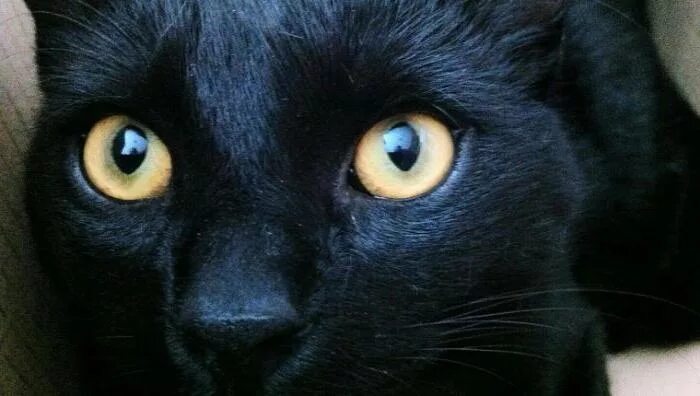Can cats see color? But have you wondered what they see when they look at you? Do they perceive your accent wall the same way you do? What about their toys? Are they visually stimulating for them based on color or are cats more inclined to perceive motion? Many cat parents don’t realize that cats have different eyesight than them. You probably know how great their night vision is—especially when they’re hiding behind a corner as you make your way to the kitchen for a glass of water in the middle of the night. They sure know how to give you a good scare!
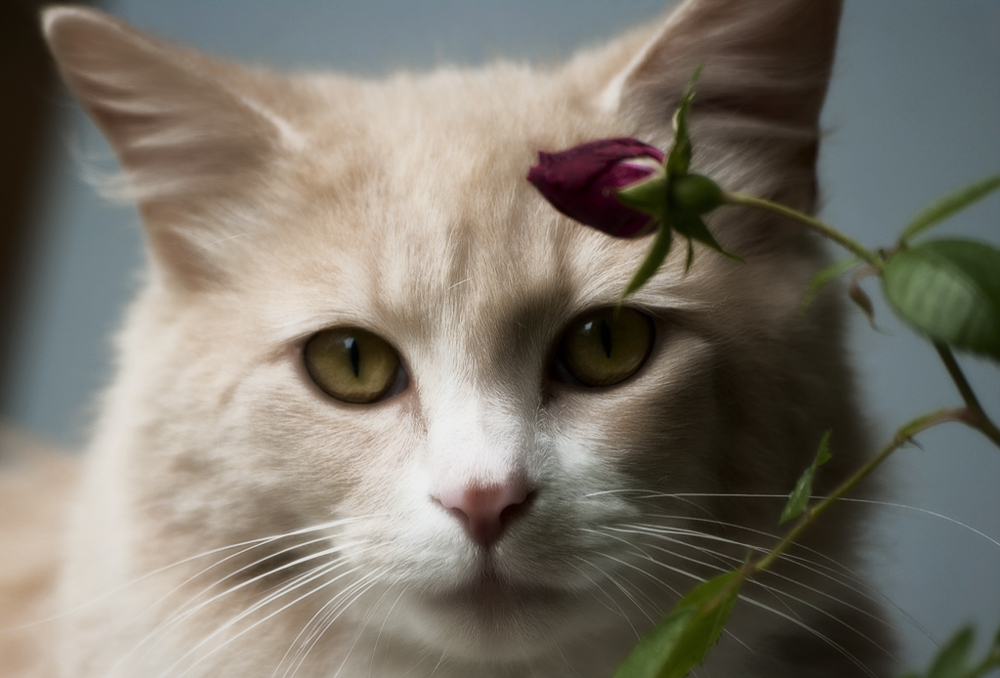
Human Vision vs. Cat Vision: Can Cats See Color?
There’s one primary difference between human vision and cat vision. This difference relates to the retina, which is the tissue in the back of your eye that houses photoreceptors. Photoreceptors are the cells that respond to light. These photoreceptors then transform rays of light into electrical signals. Those electrical impulses are then processed by nerve cells and those signals inform the brain what images are being viewed.
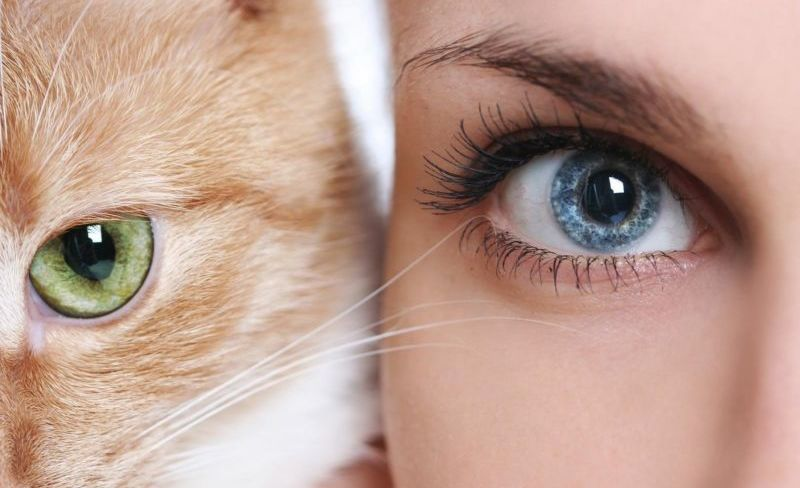
It’s a bit technical, but it’s important you understand some basics before we can answer the question “can cats see color?” There are two types of these photoreceptor cells. For one, there are rods, which are used for both night vision and peripheral vision. These rods help with identifying the different shades of gray and brightness. Cones are the second type of photoreceptor cells. These, on the other hand, are specifically for detecting color and for use during the day.
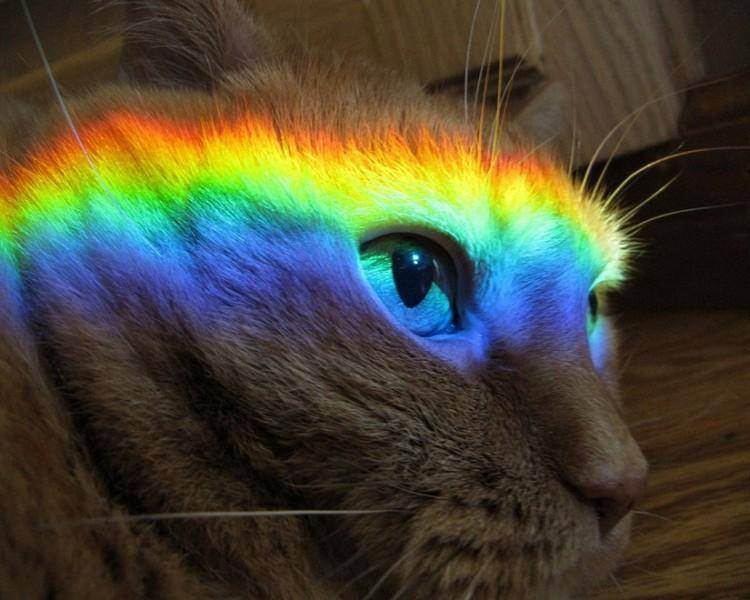
One of the other primary differences between human vision and cat vision is the visual field. You know how adept cats are at detecting even the slightest movements, so it makes sense that they have a wider visual field than humans. Your cat can see something out of the corner of her eye better than you would be able to. The difference isn’t substantial, but it is enough for cats to have an advantage. Typically, the human visual field is about 180 degrees while cats’ visual field is about 200 degrees.
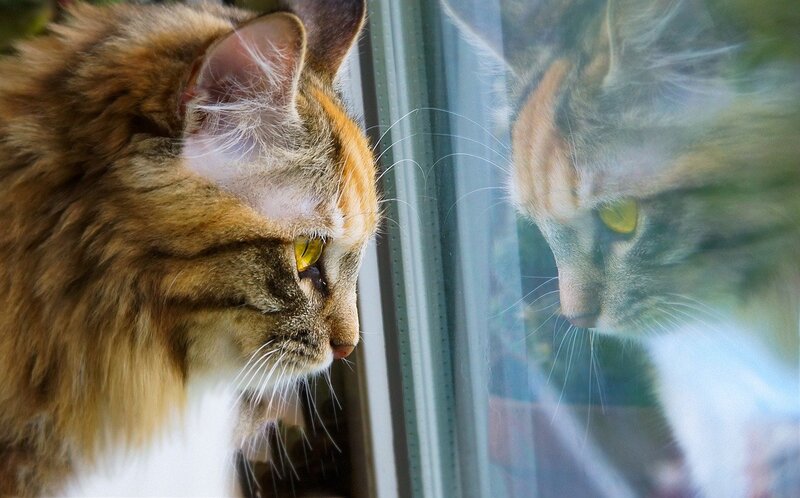
Although cats have a wider visual field, their visual acuity is far less than that of humans. For example, you may be standing 100 feet from an object that you can see clearly if you have 20/20 vision. Your cat is unable to see the same object as you at that range. Your cat needs to be significantly closer to the object to make it out. That means your cat has significantly more blurry vision than you do when it comes to identifying objects from a long distance.
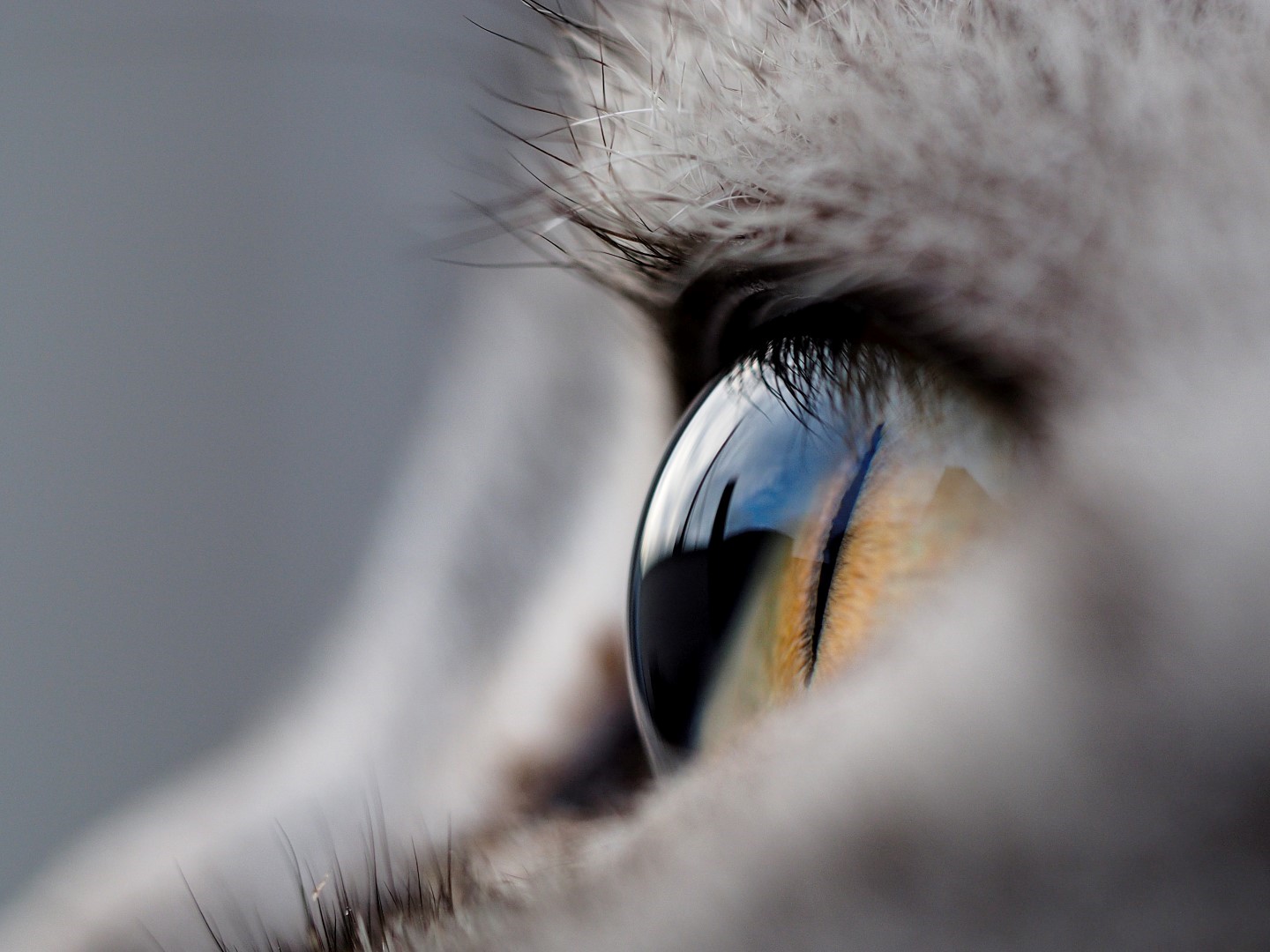
Okay, so can cats see color? Although your cat has more rod receptors than cone receptors, that doesn’t mean she can’t appreciate color. She doesn’t live in a world of just the shades of gray. In fact, cats’ vision can be compared to the vision of a color blind person. Reds and pinks don’t really register for cats but shades of blue and green do. Even purple may appear more like a blue hue for cats. While cats can detect colors like blue, green, and yellow, they don’t experience these colors with the same richness that humans do.

What Colors Do Cats See?
There is still some debate between veterinarians and scientists when it comes to understanding specifically what colors cats can see. In one school of thought, it’s believed that cats’ vision is limited to colors like blue and gray. However, many other scientists and veterinarians believe that a cat’s vision is quite like the vision of dogs, meaning they can perceive yellow. Therefore, it’s commonly believed that cats can perceive blue and yellow along with different shades of gray.
